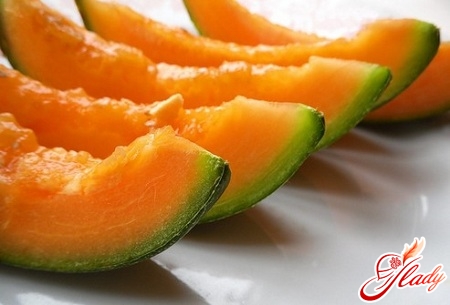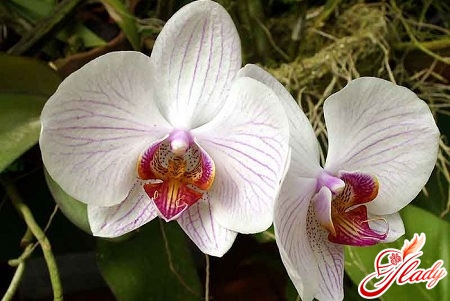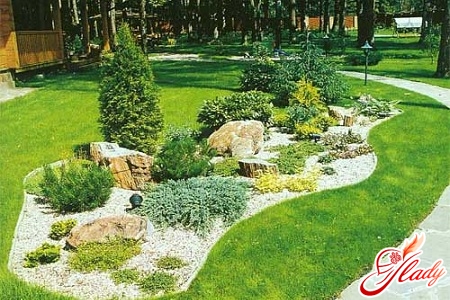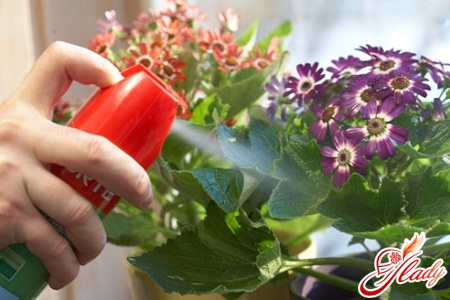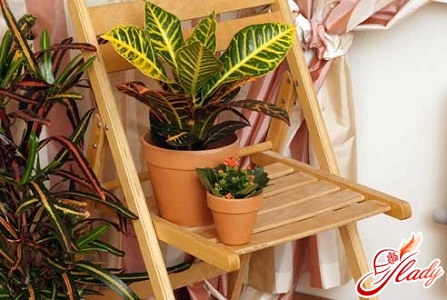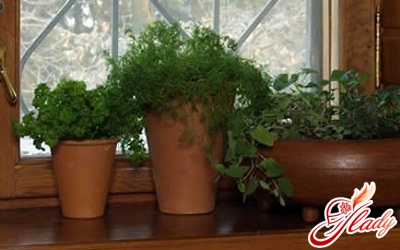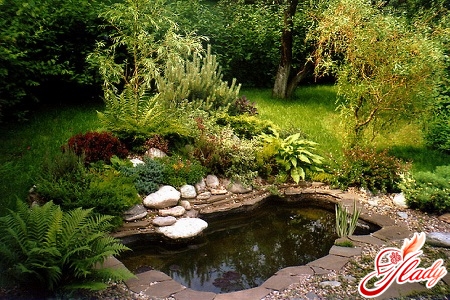 After a hot day it is always nice to relax inshadows of a pond. But what should those owners of private plots do, near which there are no natural reservoirs? There is a solution, and it is quite obvious - to create a pond in the country with your own hands. Of course, this will require some effort, time and money, but the result is worth it, because the mini-reservoir will delight you for many years to come.
After a hot day it is always nice to relax inshadows of a pond. But what should those owners of private plots do, near which there are no natural reservoirs? There is a solution, and it is quite obvious - to create a pond in the country with your own hands. Of course, this will require some effort, time and money, but the result is worth it, because the mini-reservoir will delight you for many years to come.
Choose the shape of the pond
The shape of the decorative pond shouldecho the overall landscape composition of the site. If the site layout has many curvilinear forms of smooth outlines, then the pond itself should have a free shape - oval or teardrop-shaped, with an uneven shoreline, which can be decorated with decorative stones, pebbles or plants. If, on the contrary, the entire organization of the site is subject to a strict solution with correct geometric shapes, then the pond should be square or rectangular. Anyone can create a small pond, you just need to buy a relatively inexpensive plastic bowl. To build a larger pond, much more effort will be required, and the process of its creation will include more stages. You will need to start with digging a large pit, removing soil from the site, then concreting its bottom and walls. It is best to entrust this process to professionals in this matter, that is, landscape firms with experience in such work.
Choose a place for a pond
How to build a pond in the country, where it should befind a place among fruit trees, flower beds and vegetable beds? When choosing a place for a pond, you need to follow several very important rules. Firstly, there should be no trees near the pond, as their roots can eventually damage the pond itself, its bottom and waterproofing. Therefore, the distance from the pond to the nearest tree should be equal to the height of its trunk. If there are several trees, then focus on the length of the trunk of the tallest of them. Secondly, you need to take into account such a factor as the location relative to the sun. The ideal place would be one that is illuminated by the sun's rays from the morning until about half past 10 in the summer, and is in partial shade from 11 am to 3 pm. This is important because midday heat has a negative effect on the quality of the water. It is also important to ensure free access to the pond along its entire perimeter - this will make it easier for you to care for the pond. To do this, you can build a path or trail around it. Mini-ponds and reservoirs on plots can be built both on a flat area and on a rather steep relief, while the reservoir is built into the base of the terrace. You can arrange a spectacular cascade of several reservoirs so that the water flows smoothly from one to another.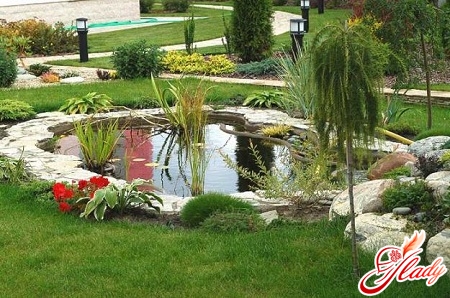
Determine the size of the pond
It would seem that you can make a pond in your dacha with your own handsIt is very simple. Some are tempted by the possibility of using an ordinary old bathtub or a ready-made bowl purchased in a store. However, the construction of reservoirs with an area of less than 3.5 square meters and a depth of less than 80 cm is considered inappropriate, since the water in them warms up very quickly, which leads to algae bloom. And due to insufficient oxygen supply, the water begins to rot and emit an unpleasant odor. This can be avoided by constructing a deeper bowl or protecting the pond from overheating by shading it with plants or constructing a pergola on its southern side. Unfortunately, it is unlikely that you will be able to completely avoid caring for a small pond. Such a pond must be periodically cleaned, only then will it be able to function normally. Life inside a small reservoir must be maintained by artificially filtering the water. Only reservoirs larger than 100 square meters can exist as full-fledged and independent ecosystems that do not require any special care or intervention in their vital functions. But due to their huge size, such ponds are rarely used in relatively small garden plots. Another significant problem with a small pond in the garden is freezing of the water in winter, which leads to the death of the pond inhabitants. To avoid this, it is necessary to provide sufficient depth, and in winter, to compensate for the lack of oxygen, it is necessary to make a small ice hole in it. In winter, it is necessary to move plants and fish from the pond to a warm room.
We select plants for the pond
The pond and its shoreline are often planted with ornamental plants to give it a more natural look. Plants used for this purpose are divided into three groups:
- Coastal, which grow along the coast in shallow water (reeds, marsh wilderness, arrowhead, white-winged);
- water that grow underwater (algae);
- plants that float on the water surface (lily, duckweed, water lily).
Coastal and aquatic plants are used forimproving water quality and reducing the amount of nutrients it contains, large amounts of which can lead to the appearance of algae. Special baskets consisting of small cells are used to plant aquatic plants. They are filled with a nutrient mixture and installed in the reservoir, so the containers do not float to the surface of the water and are easily dismantled in winter.
Creating a pond with your own hands
How to make a pond in the country with your own hands?Be prepared for the fact that building a pond on your property will require considerable financial outlay and physical effort. The preparation process includes geological surveys to determine the type of soil and the groundwater level. Drainage is installed if it exceeds 2 m. This is done by laying drains on the bottom of the pit, with the help of which the excess water formed during prolonged rains is removed. At the beginning of the process of creating a pond, it is necessary to choose or even specifically free a place for it in the garden. Then you need to mark its contours on the ground, for which you can use a long rope. After this, it is necessary to dig a pit of a certain depth with sloping walls inside the contours. To maintain a constant water level inside the pond, waterproofing materials are laid on its bottom and side walls. For these purposes, it is best to use PVC film or special polyethylene. After you have managed to dig a pit, you can begin the process of leveling and compacting its bottom and walls. In this case, it is necessary that the angle of the walls in relation to the bottom is not steeper than 45 degrees. After this, it is necessary to lay a layer of wet sand about 10 cm thick on the bottom of the pit, lay a protective lining and film on top so that its edges protrude beyond the contours of the reservoir by 30-50 cm. The film on the bottom must be pressed down with a stone, and the folds formed around it must be carefully straightened. Then it is necessary to slowly fill the pit with water, while the film will stretch, adjoining the walls and the bottom. After completely filling the bowl with water, the excess parts of the film are evenly distributed in folds along the entire bank. Those edges of the material that were previously bent are cut with a margin of 20-30 cm and fixed with metal pins in several places. The reservoir is decorated along the edge with tiles or stones, as well as layers of turf. In some cases, fiberglass mats in three layers are used as a waterproofing material. They need to be arranged so that each subsequent layer slightly overlaps the previous one. A more capital, but at the same time more expensive and energy-intensive is a reservoir made of a reinforced concrete bowl. They are usually made for ponds of fairly large sizes in the form of regular geometric figures. The bottom and walls of the pit are covered with a layer of roofing felt, which is used as waterproofing. At the edges of the reservoir, the edges of the roofing felt must be bent and pressed with stones. Then you need to lay layers of crushed stone and sand in sequence. After this, a mixture of concrete is placed on top of the sand, and a metal mesh is placed on it. After the concrete has hardened, they begin laying the next layer.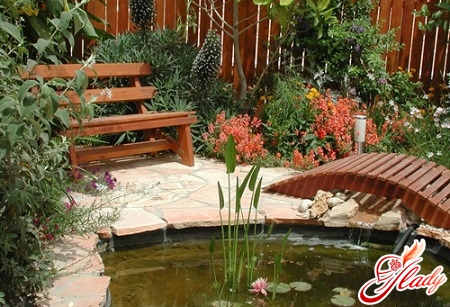
Care of the pond
So that the pond will delight you for a long time with itsbeautiful appearance, it is necessary to periodically clean its polluted water. This can be done mechanically, using a regular net or a special device - a skimmer, installed directly on the pond itself. To clean the walls of the pond and its bottom from algae and silt growths, you will need to purchase an "underwater vacuum cleaner" that has the ability to suck in dirty water and algae, and return already purified water. Water is also purified using mechanical filters equipped with pumps. In order to restore the acidity level, normalize the composition and control the reproduction of algae, all kinds of biopreparations are used, which are absolutely harmless to fish, plants and humans. Water can also be purified with ultraviolet radiation, which destroys viruses and bacteria in the water. The process of cleaning a reservoir is usually carried out in several stages and in different ways, since using only one of them is almost ineffective. For example, algae destroyed by ultraviolet radiation are removed from the water mechanically.
Fountains
Landscape design of a pond in a garden plotIt is difficult to imagine any pond without a decoration – a fountain, which creates a special mood with its splashes and brings dynamics to the perception of the pond surface as a whole. In addition, a fountain can increase the amount of oxygen in the water and thereby improve the environmental conditions for plant growth and the life of pond inhabitants. Fountains available on the market and intended for installation on ponds are equipped with a pump, which is designed for continuous long-term operation. With the help of a huge number of different nozzles, you can set the direction and even the shape of the water flow. By changing the pressure, you can achieve regulation of the height and range of the jet. By the way, it is the fountain that will become an excellent alternative to a decorative pond on a very small plot or even in a shady garden. As we have already said, creating a full-fledged pond of a small size is very problematic. It is the small size of the reservoir that does not allow a closed ecosystem to form, so such ponds very quickly turn into swamps at best, and into foul-smelling muddy puddles at worst. In a fountain, the bowl of which is not filled with aquatic plants, and the bottom is not lined with soil, the water always remains clean. To arrange a fountain, you can dig a small pit and lay it with decorative stone. Or you can use ready-made bowls, which are also dug into the ground or installed above its surface. And you can decorate such a reservoir with artificial plants or sculptures, and you can always plant beautiful flowers near the fountain. To decorate the fountain (and the pond too!), you can use special landscape lighting, and then it will delight you at night. Lighting devices used for reservoirs can be floating and underwater, and they can be installed either stationary or in a floating lamp system at different depths. To scatter light, they are equipped with reflectors, and the materials from which they are made are resistant to temperature changes and the effects of precipitation. In short, it is up to you to arrange a fountain, dig a pond in the country with your own hands or hire specialists for this. It is important to remember that once dug and planted, a pond will require constant attention and care. If you are ready not only to build a pond, but also to further care for it, then choose a place, create a project, buy the necessary materials, and get started. It is difficult to make a pond on your own, but it is quite possible! As they say, where there is a will, there is a way. Good luck!




